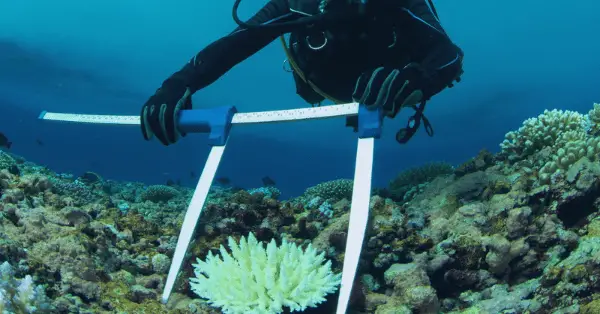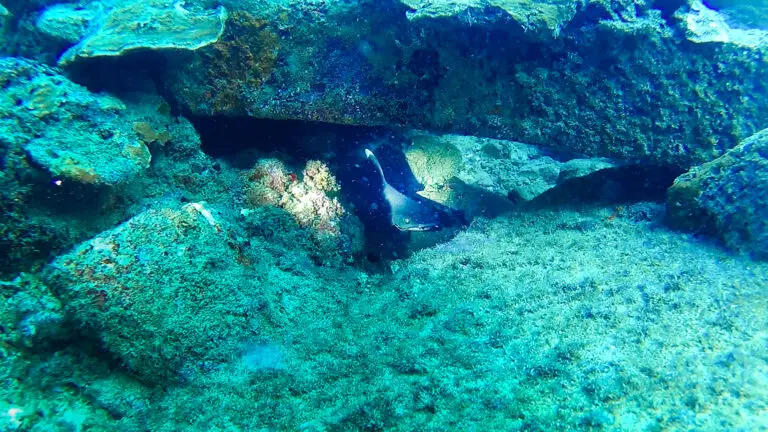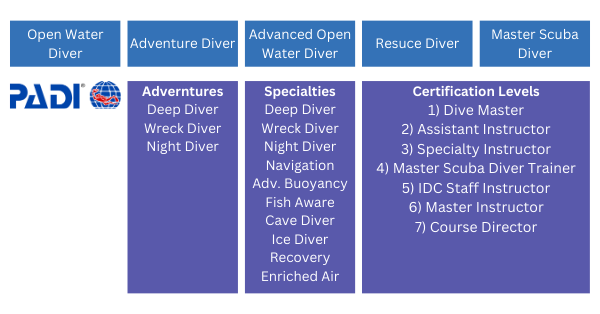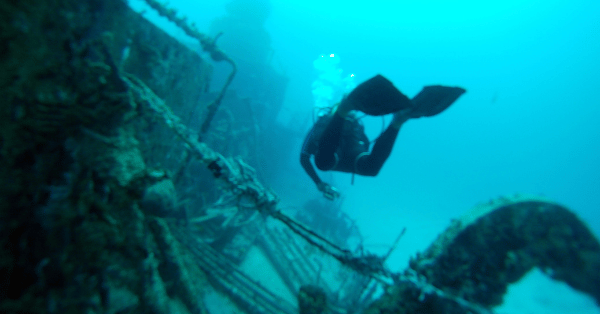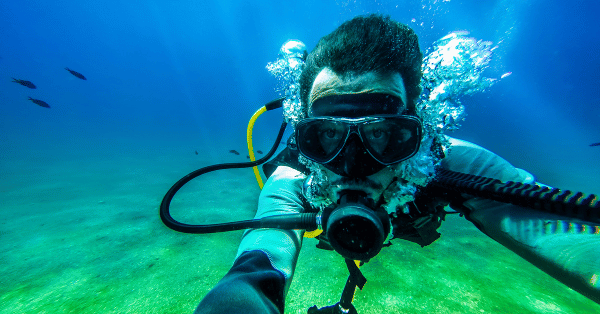Whale Sharks: 20 facts and FAQs about the gentle giants of the sea
Whale sharks are the largest fish in the ocean and can be found swimming in warm and tropical waters around the world. These gentle giants typically grow to between 18–32 feet long, with some reaching lengths up to 40 feet. While they may look intimidating due to their size, these animals are actually quite peaceful creatures that feed mainly on plankton, krill, and other small fishes.
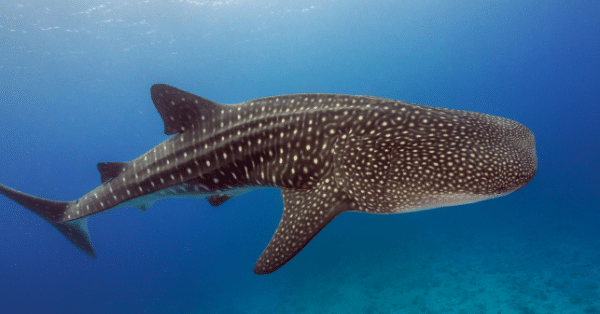
Like all sharks, whale sharks are equipped with razor-sharp teeth to help them feed on their prey. However, rather than using these to hunt, the whale shark uses its impressive array of hundreds of tiny teeth to filter plankton from the water as it swims. It is also known to occasionally feed on larger prey, such as squid and small schooling fish.
Despite their large size and fierce-looking teeth, whale sharks are quite docile creatures that pose no real threat to humans. While swimming with these majestic animals is becoming increasingly popular amongst divers, it’s important to remember to remain at a respectful distance and never harass them.
Whale sharks are a protected species, and any activities that could lead to their harm or death are strictly prohibited. Reportedly, there are only around 7000 whale sharks left in the world’s oceans. It is our responsibility to ensure their continued survival in the wild for generations to come. With the help of conservation efforts, we can ensure these gentle giants continue to thrive in our oceans.
20 interesting facts about whale sharks
Learn why they are called the gentle giants of the ocean.
- Whale sharks aren’t whales, they are sharks, and therefore fish. They are the largest fish in the ocean.
- Whale sharks can become up to 150 years old.
- Only 10% of whale sharks reach adulthood.
- Whale sharks live or migrate thousands of miles through all oceans on our planet, except for the Mediterranean Sea.
- Whale sharks have a maximum swimming speed of 3 miles per hour.
- Whale sharks don’t chew – they process their food by filtering out their prey.
- Whale sharks are one of three sharks (basking and megamouth shark) that are filter feeders.
- The mouth of a whale shark can be four feet wide.
- Whale sharks filter up to 6000 liters of water per hour through their gills.
- Whale sharks can be 40 feet long and weigh more than 20 tons
- Plastic pollution affects filter feeders tremendously. Whale sharks are in danger. Moreover, they often get caught in fishing nets when migrating long distances.
- Whale sharks can dive to a depth of 6000 feet (1800 meters).
- The scientific name is rhincodon typus.
- Whale sharks can’t survive in captivity.
- Whale sharks can give birth to 300 pups at once
- Whale shark newborn pups are only 40 – 60 cm long
- We know very little about the pregnancy and birth-giving of whale sharks: We don’t know for sure where they give birth, and how long they are pregnant (five months to three years – estimated to be 12 months).
- Female whale sharks produce egg cases for the over 300 eggs in their abdomen. Like other sharks, the babies hatch, and the shark gives birth to living pups.
- Whale sharks migrate up to 4000 kilometers per year.
- Whale sharks can have up to 300 rows of small teeth – fascinating for a shark that rarely bites.
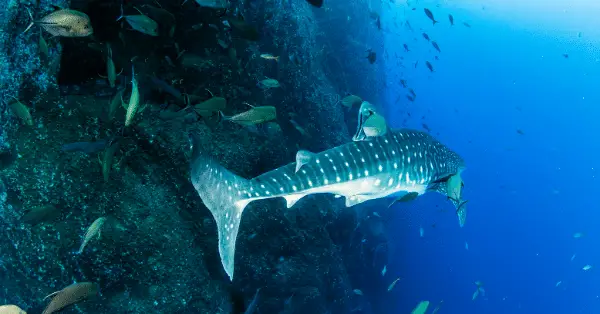
Swimming and scuba diving with whale sharks
Seeing and witnessing whale sharks is an unforgettable experience. There are many places that advertise whale sharks and almost guaranteed a local dive shop that is named Whale Shark Dive [location] or at the very least has a whale shark in their logo. However, more often than not, you’ll have to be lucky to spot a gentle giant.
And this is for multiple reasons:
1) whale sharks don’t frequent reefs to feed like other sharks. They very well can feed in the open ocean.
2) they are constantly on the move and likely only for a short time of the year in the area.
That being said, swimming (aka snorkeling) and even scuba diving with whale sharks is possible. Some of the most famous places to see whale sharks are Isla Mujures in Mexico, Cenderawasih Bay in Indonesia, Koh Tao in Thailand, and Donsol Bay in the Philippines.
Check out our full list of the best places to swim and dive with whale sharks.
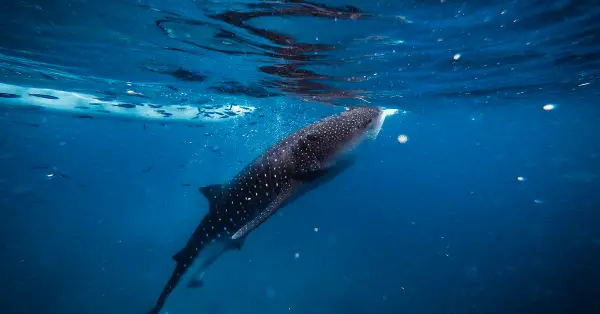
Whale shark FAQ
How fast can a whale shark swim?
Whale sharks are, despite their large bodies and the long distances they travel, slow swimmers. They only swim at a speed of 3 miles per hour. This is easier to understand in comparison to some other ocean animals, you may have encountered:
- Manta rays swim at a speed of 9 miles per hour (3x faster than whale sharks)
- Blacktip reef sharks can swim at a rate of over 14 miles per hour.
- Orca (killer) whales reach a maximum speed of 35 miles per hour (56 km/h)
What and how much do whale sharks eat?
Whale sharks are filtering feeders, meaning they gulp large amounts of water and filter it through their gills. Mainly, whale sharks eat plankton and other small fish like squid and shrimp.
Whale sharks can process more than 600,000 liters of water per hour. That leaves them with about 2 to 3 kg of absorbed plankton.
Whale sharks feed about eight hours per day.
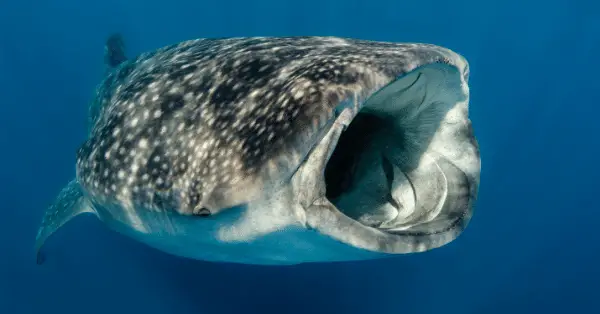
Why do whale sharks migrate?
Whale sharks migrate up to 4000 kilometers per year and 15 miles per day. Even though scientists know that they migrate to find food sources and birth opportunities, a lot is still unknown about the migration patterns of whale sharks.
Is it safe to swim with whale sharks?
Whale sharks are harmless to humans if they aren’t being attacked by us. In fact, we are more dangerous to whale sharks than they are to us. Whale sharks never attacked a human. For one, we aren’t a food source to them – or even look like one. Whale sharks don’t hunt other fish – just small prey.
How long do whale sharks live? (is the population decreasing?)
Whale sharks can be well over 100 years old. Most adult whale sharks will live 80 to 120 years, but can reach an age of 150 years. Unfortunately, only 10% of newborn whale sharks ever reach adulthood. That’s one of the reasons why the whale shark population is decreasing and at risk.
How do whale sharks breathe?
Whale sharks are sharks – not whales – and therefore, they breathe like any fish through their gills underwater. They can dive to a depth of about 6000 feet (1.8 km) and still breathe.

